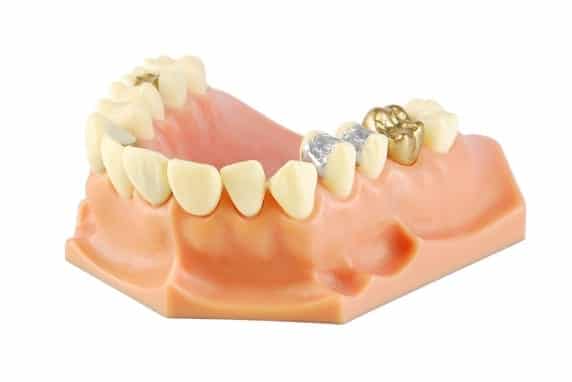Dental fillings are a common way to restore damaged teeth. Fillings can be made from a variety of materials, including composite, amalgam, and gold. Fillings are used to fill in decayed areas of the tooth and prevent further damage from occurring.
Types of dental fillings
Composite Fillings: Composite fillings are made from a mixture of plastic and glass particles and are often used to fill small cavities. These fillings can be matched to the color of your teeth, making them more aesthetically pleasing than other types of fillings.

Image Source: Google
Amalgam Fillings: Amalgam fillings are silver in color and are made from a combination of metals, including silver, copper, tin, and zinc. Amalgam fillings are more durable than composite fillings and are often used in larger cavities.
Gold Fillings: Gold fillings are made from a combination of gold and other metals and are the most expensive type of filling. Gold fillings are extremely durable and long-lasting and are often used for larger cavities.
Advantages of Dental Fillings
Composite Fillings: The biggest advantage of composite fillings is that they can be matched to the color of your teeth, making them more aesthetically pleasing than other types of fillings. They are also cheaper than other types of fillings.
Amalgam Fillings: The advantage of amalgam fillings is that they are extremely durable and long-lasting.
Gold Fillings: The advantage of gold fillings is that they are extremely durable and long-lasting.
Process for Getting a Dental Filling
The process for getting a dental filling involves a few steps. First, the dentist will examine your teeth and determine the extent of the damage. Next, the dentist will numb the area with a local anesthetic and then use a drill to remove the decayed area. The dentist will then clean the area and fill it with the appropriate material. Finally, the dentist will polish and seal the filling.